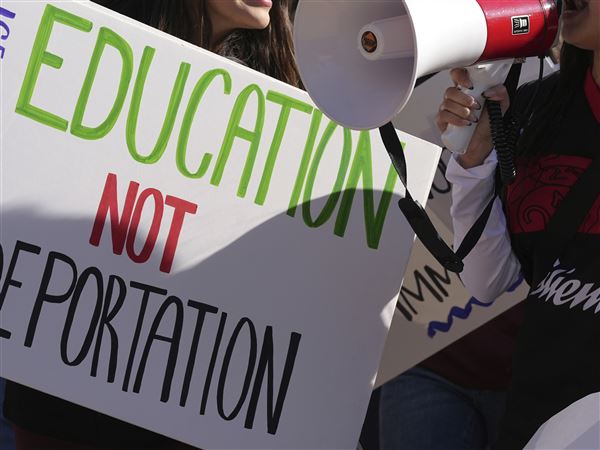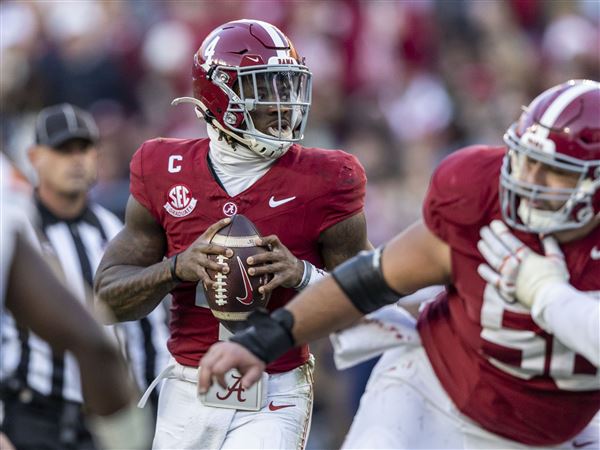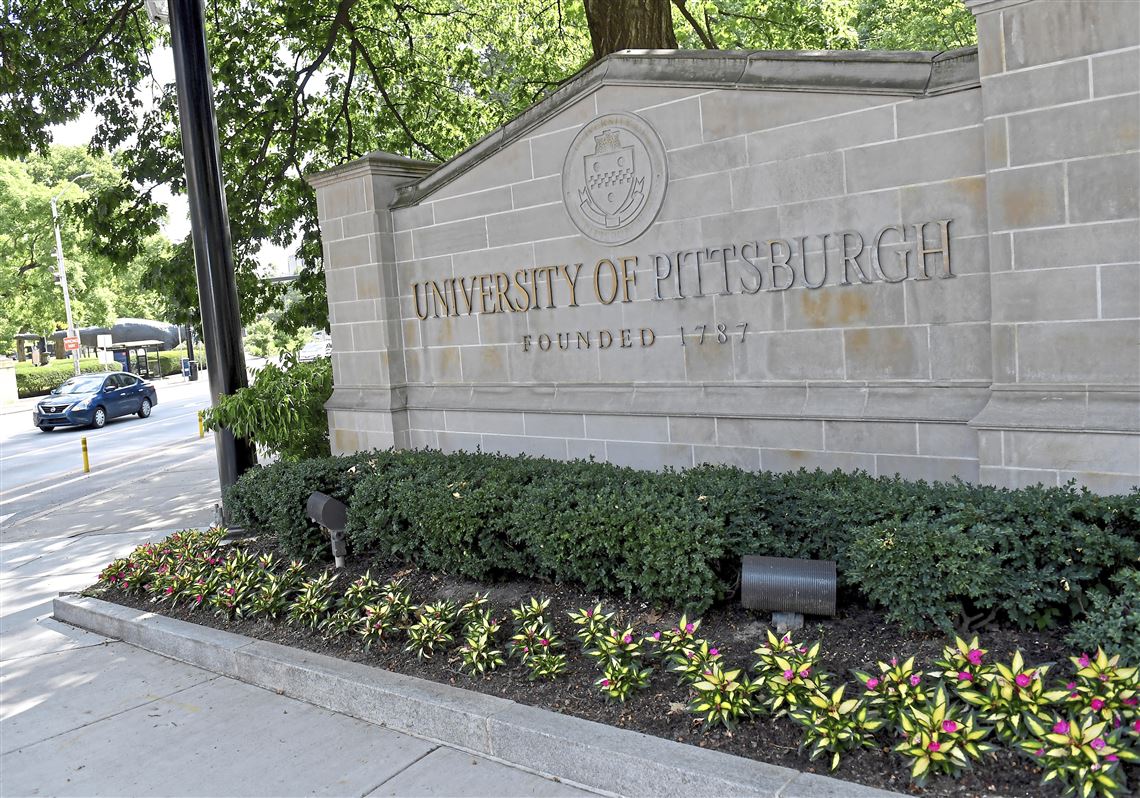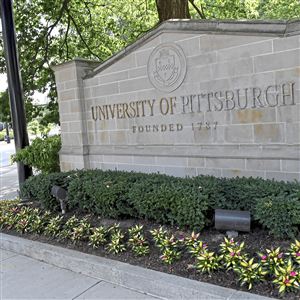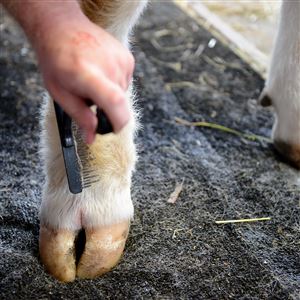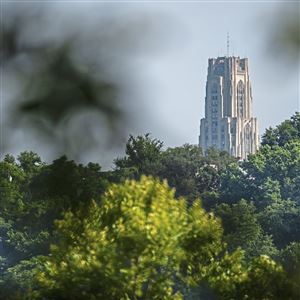HARRISBURG — Hundreds of millions of dollars in state money designated for “general support” to the University of Pittsburgh and Temple University over five years was not distributed directly to the schools, according to a Post-Gazette review of Pennsylvania data.
For each of the five fiscal years ending with 2023, lawmakers approved — and then-Gov. Tom Wolf signed — bills that appropriated general support to Pitt of $148.5 million or more, and to Temple of $155.1 million or more. But the Post-Gazette’s review of data, confirmed by state Treasury Department records, showed that direct payments to each school during that time never reached $100 million per year — and in most years the amount was less than $80 million.
A series of written questions to several state agencies and the universities over the course of two days yielded answers which, taken together, indicate that some of the state-appropriated money arrives at the universities via an indirect route in order to obtain federal matching funds for health care organizations associated with the schools.
Because that dynamic is almost entirely unknown to lawmakers who vote on the appropriations — or at least is not publicly acknowledged — it was not clear exactly what process is being followed. The involvement of federal matching funds is not mentioned in the bills approved by lawmakers.
Two of them — Reps. Eric Nelson, R-Westmoreland, and Dawn Keefer, R-York — condemned the practice by the state on Tuesday after being told of the Post-Gazette’s findings.
“Because we don’t understand the cash flow and we know it has not been publicly disclosed to this point, it raises questions on whether what they are doing is legal,” Mr. Nelson said.
Department of Human Services spokesperson Brandon Cwalina said state-appropriated amounts not going directly to Pitt and Temple were being sent to UPMC Presbyterian Shadyside and Temple University Health System, two health care organizations associated with the universities.
But both universities indicated that all money appropriated by the state over the five-year period was in fact received by the schools.
And a state Department of Education spokesperson wrote in an email that “a portion of the funding to these universities for general support is used to offset matching funds for Medicaid payments to their partnering academic medical centers.” The spokesperson, Casey Smith, added, “Therefore, all the funding is used. This funding is not sent to any other entities.”
Pitt and Temple are two of the four state-related universities that for years have received state money.
The Post-Gazette review showed that all the state money appropriated to the other two universities, Penn State and Lincoln, was paid directly to them.
Asked why the flow of funds involving Penn State — which has its own associated health care entities — differed from that of Pitt and Temple, Mr. Cwalina, the DHS spokesperson, wrote, “At this time Penn State does not use a portion of their general support funding as matching funds for a Medicaid payment to their partnering academic medical center.”
This year’s funding for the four universities was delayed by months of partisan bickering and did not receive final approval from the General Assembly until Wednesday. The bill that passed both chambers gives Pitt and Temple level funding in the current school year, and Gov. Josh Shapiro said he would sign it.
Mr. Nelson, the Westmoreland County lawmaker, said the lack of knowledge about the indirect route of the money is a glaring problem.
“This is some of the darkest money in Harrisburg,” he said. “They never disclosed this shenanigan. Why?”
And Ms. Keefer, the York County lawmaker, said the indirect funding route contradicted testimony from universities that state money is used to give tuition discounts. She called it a “huge issue” that raises questions of transparency and accountability.
“How do I know the money arrived there?” said Ms. Keefer.
“When we say transparency, we’re talking about being able to pull up records online,” she added.
After a version of this story was published online Tuesday night, some lawmakers said Wednesday that it raised more questions that deserve answers, while others sounded content with the situation.
“I have concerns about it. It caused me to pause,” Sen. Judy Ward, R-Blair, said of the indirectly routed money. “The fact that there is a different path for it is what troubles me.”
Rep. Natalie Mihalek, R-Allegheny, said the funding flow “raises a lot of questions.”
One concern for Ms. Mihalek is to ensure that all state money appropriated by the legislature reaches the schools — and there’s no indication that it does not. But Ms. Mihalek said another concern is knowing exactly how it got there.
“What is the path?” Ms. Mihalek said. “This is money being appropriated by the state. We as lawmakers should be aware of where it it going.”
Rep. Joe Ciresi, D-Montgomery, said the key consideration is whether all the money reaches its ultimate intended destination. Other state government situations, he said, have made him aware that a “legality” sometimes requires that money flow in a certain way to produce maximum benefit.
And Rep. Kerry Benninghoff, R-Centre, said there’s nothing wrong with routing money in a way “to parlay it into more money.”
The Post-Gazette used the online PennWATCH state transparency portal to review the direct flow of “general support” money to the four state-related schools.
Figures supplied by the state Treasury Department largely matched the PennWATCH figures. For instance, a bill signed by Mr. Wolf on June 28, 2019, appropriated $151,507,000 in “general support” for the University of Pittsburgh in 2019-2020. But both PennWATCH and Treasury records showed payments to Pitt of only $78,469,000 that year.
In a brief response to written questions, Temple University spokesperson Stephen Orbanek said, “We confirm that the university has received all funds appropriated by the commonwealth for all of the years you referenced.”
Pitt spokesperson Jared Stonesifer initially said only, “The university received the full general appropriation amount from the commonwealth during the years identified.”
Shortly after midnight Wednesday — after the initial online publication of this story -— Mr. Stonesifer sent a second statement with harsh criticism of Mr. Nelson.
“The University of Pittsburgh is completely upfront about where this money comes from and the fact that a federal match is part of our state appropriation,” Mr. Stonesifer said in the email. “This longstanding, nearly 20-year agreement with the commonwealth has been presented clearly and consistently in our annual submission to the Appropriations Committee — on which Rep. Nelson sits. Any assertion that this process is not transparent is both false and misleading. The fact remains that the University receives the full general appropriation amount from the commonwealth annually, and every cent of that money goes toward tuition discounts for Pennsylvania students."
State Treasury records show annual total payments to Pitt in the five fiscal years starting with 2019 of $99,206,000, $78,469,000, $78,384,000, $70,205,000, and $68,815,000. The appropriated amount from the legislature and governor was $148,536,000 in fiscal 2019 and $151,507,000 in each of the next four years.
A spokesperson for the Treasury Department, Erik Arneson, stood by his agency’s expenditure records. “Our records show that Treasury paid all requisitions received for payments to Temple and Pitt in full during the years you asked about,” Mr. Arneson said.
He added that it’s not uncommon for agencies to spend less than the amount appropriated to them, but if an agency tried to overspend, “that would raise red flags.”
Ford Turner: fturner@post-gazette.com
First Published: November 15, 2023, 1:58 a.m.
Updated: November 15, 2023, 11:50 p.m.

